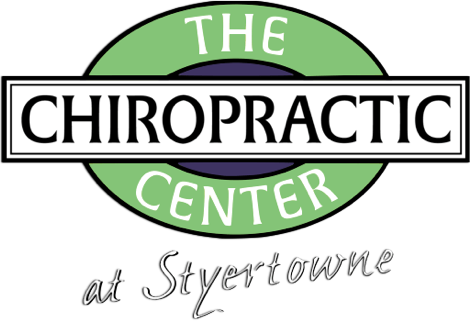Bedwetting
Bedwetting or enuresis (the involuntary passage of urine) is a poorly understood problem that continues after the child reaches five years of age. Boys are more affected due to bladder immaturity. Sleeping patterns or small urinary bladder capacity may cause problems for both boys and girls.
One of the common causative factors involved in nocturnal enuresis is categorized as bladder innervation disorder. This is the area in which the Doctor of Chiropractic maybe of help to the child. Chiropractic studies have indicated bedwetting has been resolved when vertebral subluxations (nerve interferences) are corrected. A recent study reported 60% resolution rate within one year in 33 consecutive children and teenagers who experienced night time bed wetting (1). Another study, showed 25% more reduction in the wet night frequency from baseline to post-treatment while non among the control group had such reduction (2).
What is a subluxation?
The free flow of nerve communication from the brian, through the spinal column, to all parts of the human body governs itself and all its functions. When nerves become stretched or twisted (commonly referred to as a "pinched nerve"), this vital communication system is disturbed. These neurological disturbances are called subluxations. Chiropractic science has determined that subluxations can lead to serious health consequences. Conversely, the removal of subluxations has been shown to have important health benefits.
When nerve supply or communication is disrupted, one or more parts of the body can begin to have diminished function. Instead of treating the symptoms, the Doctor of Chiropractic corrects the subluxations, so that normal body function may take place.
Chiropractic is a very specific science. By minimizing nerve interference through chiropractic adjustments, the natural strengths of the human body are maximized thus increasing the body's capacity to heal itself without the use of drugs or surgery.
What is a chiropractic adjustment?
Vertebrae (the bones in your back) fit together so that the nerve supply produced in your brain may filter down your spinal cord and out over your nerves. These messages are responsible for communicating information throughout your body so that growth, repair, and healing may take place. When vertebrae are out of their natural alignment, the potential for nerve interference is great. Poor posture, falls, and accidents can all cause subluxation (misalignment of the spine) which applies tension on the vertebrae, muscles, ligaments, and tendons. This increased tension also can interfere with blood flow to internal organs.
Lack of oxygen to cells, tissues, and organs causes dysfunction and disease. Doctors of Chiropractic line up the vertebrae into their natural position with gentle adjustments. This process may take weeks or months depending on the amount of misalignment. As the subluxations are reduced, the nerve supply more effectively communicates throughout your body and healing may take place. As your body heals, the symptoms begin to diminish. It may not take a long time to see changes in bedwetting, one case study showed improvement in the child's bedwetting after only two adjustments (3).
What causes subluxations?
Throughout life, falls, injuries, and stress, commonly cause subluxations. Young children fall down several times a day. Vertebrae may move out of their natural alignment from any fall. Subluxations may lead to problems with growth and internal function including bladder control. By having subluxations corrected throughout childhood, adolescence, and then as an adult, you will have a better opportunity to be as healthy as possible.
Chiropractic is safe and natural.
The chiropractic approach to health care is natural, in that it does not try to stimulate or inhibit normal body function. Instead, the chiropractor realizes the importance of the nervous system in relation to proper body function. Drs. Bachman and Lantz reported dramatic improvement in bedwetting of traumatic origin with chiropractic care (4).
Parents can help, too.
Before initiating corrective care, the family must understand that enuresis is problem out of the child's conscious control. The child's problem should not be viewed as bad behavior. Scolding, restricting fluids, and waking the child, generally do not help and may actually delay resolution; therefore these practices should be discouraged. Your child should actively participate in both their chiropractic consultation and correction. Changing and washing the sheets is suggested as long as the child is not made to feel humiliated.
In addition to restoring nerve supply, bladder exercises may also be helpful. Two types are especially useful; bladder stretching and urine stream interruption.
1. Bladder stretching: Have the child/parent measure urine output each time for a day. Children was small functional bladder capacity measure less than 4 oz. of output as six years of age. Instruct the child to wait at least 15 minutes after the urge to urinate occurs, to increase holding capacity. Instruct the child to wait until the urge to urinate has passed before releasing.
2. Urine stream interruption: This helps to strengthen control and spasms. The parent instructs the child to urinate and then stop the flow for a 10 second count before emptying the bladder.
Both of these exercises should be followed for at least three months to achieve the best results.
Conclusion
Any child suffering from bedwetting should be thoroughly analyzed for spinal subluxations that may be interfering with normal growth and function. Although this is a difficult problem for both the parents and the child, continued patience seems to pay off as normal nerve function is restored. Parents should encourage their child to "stick" closely to their corrective schedule as this plays a major role in the elimination of this problem.
